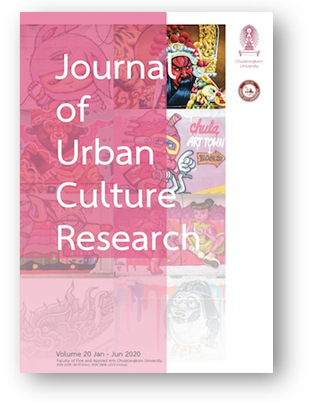An Investigation Into Urban Development Patterns With Sprawl and Other Corresponding Changes: A Case Study of Babol City
DOI:
https://doi.org/10.14456/jucr.2020.2Keywords:
Babol City, Iran, Sprawl, Urban Development, Spatial ChangesAbstract
Urban sprawl is one of the serious problems in developing countries and is known as serious economic, physical, and environmental problems in Iran. This study aims to investigate Babol City development between 1956-2016 and more specifically deals with its spatial changes and variations. Based on secondary data collection from Iran Statistical Center for Holdrem model to the as appropriate method to show sprawl tendency. After that, with the application of descriptive statistic in order to analyze data and corresponding information Application of the Holdren model illustrated that 74% of this increase is associated with population growth and the rest, that is 26 percent related to sprawl. There are two main factors that involve in Babol development first increase in gross population growth as well as the increase in gross urban per capita of lands and its consequent great urban horizontal development. The sprawl is the nature of growth related to Babol has resulted in the formation of residential towns, informal settlements, as well as the annexation of the neighboring rural areas.
Downloads
Published
How to Cite
Issue
Section
License
Authors authorize the JUCR to publish their materials both in print and online while retaining their full individual copyright. The copyright of JUCR volumes is retained by Chulalongkorn University.
The views and opinions expressed herein are those of the individual author(s) and do not necessarily reflect the policies or opinions of the Journal (JUCR), it editors and staff, Chulalongkorn University, or Osaka Metropolitan University.








